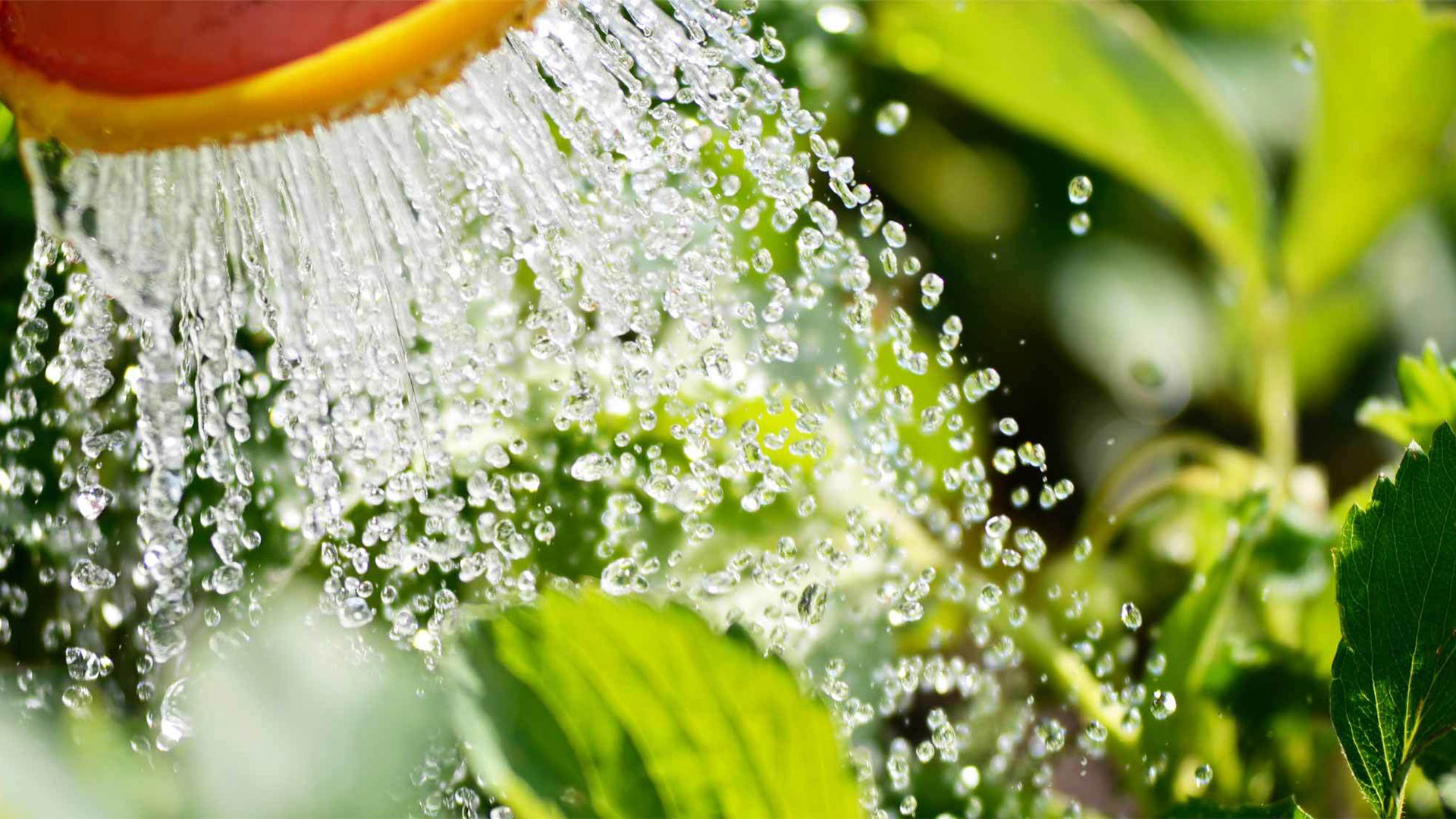Watering Requires Care
With the warming of the weather, the open-air areas, which had been quiet for a long time, began to resonate with chirping human voices. Parks, gardens, sites, summer houses, hotels, balconies began to bloom and take on lush colors. It is not enough to spend time and money to beautify our living spaces and make them more comfortable, but also a good planning and system is required.
.jpg)
One of the sine qua non of our living spaces is, of course, landscaping. Who doesn't want green in your summer house or on your balcony? A few pots and a few beautiful flowers on the balcony are easy to manage and practical to maintain. When it comes to larger gardens, are the lands you worked on, the thousands of flowers and trees planted in the soil, easy to manage and maintain? Of course not… or is what is easy for you actually true? Is watering right at the right time just connecting the hose and holding water? These questions are funny, of course, but many people may not fully understand the importance of these questions.
.jpg)
Correct irrigation and irrigation at the right time will both make your gardens healthier and ensure that you use the water as needed. If you don't want your plants to droop in the summer, you need to give them plenty of water. What will be the amount of water and the frequency of irrigation, will the water be given from above or from below? First, ensure that the moisture is evenly distributed. Most plants also need moisture. However, allowing them to dry slightly before watering is beneficial for the growth of plant roots. Use less water, then increase the amount. In the flowerbed, one to two waterings per week is usually sufficient. It is best to water more frequently with more water, rather than more often with less water. Water late at night or early in the morning. When you water the cold soil in the evening or at night, less water evaporates than the soil that warms up during the day. So the plants can get enough water before the heat of the next day arrives. Keep the leaves dry. Disease occurs on wet leaves. Leaf dung diseases can occur when they stay wet at night. Minor burn marks may occur on leaves that are wet under the sun (burning under the magnifying effect of water droplets). Proper irrigation means enough water reaches the roots. When the amount used is too low, the water only covers the top of the soil. Adequate watering means that the plants depend on evenly moistened soil until the crops are ready for harvest. It takes some time for the soil to absorb the water. It is better to water repeatedly with a break so that the valuable water in the bed is not wasted. When only one root point is irrigated at all times, root growth is unilateral and nutrients cannot be adequately absorbed by the soil. Therefore, always water around the plant and distribute the water over the entire area. Irrigate as much as necessary and as little as possible. This process can be easily carried out on the bed, balcony and lawn using an automatic irrigation system with a humidity sensor. The soil's absorption of water blocks the air that the roots will use to breathe, and the stem cells remain without oxygen. Drain the water in rainy summer and winter to prevent the soil from absorbing water.
Well, isn't there anything easier than this irrigation job? Of course there is… Technology, rubber and plastic offer us solutions as always. You can set your irrigation system as automation with programmable, plastic automatic water sprinklers consisting of rubber hoses and leave the job to the professionals.



